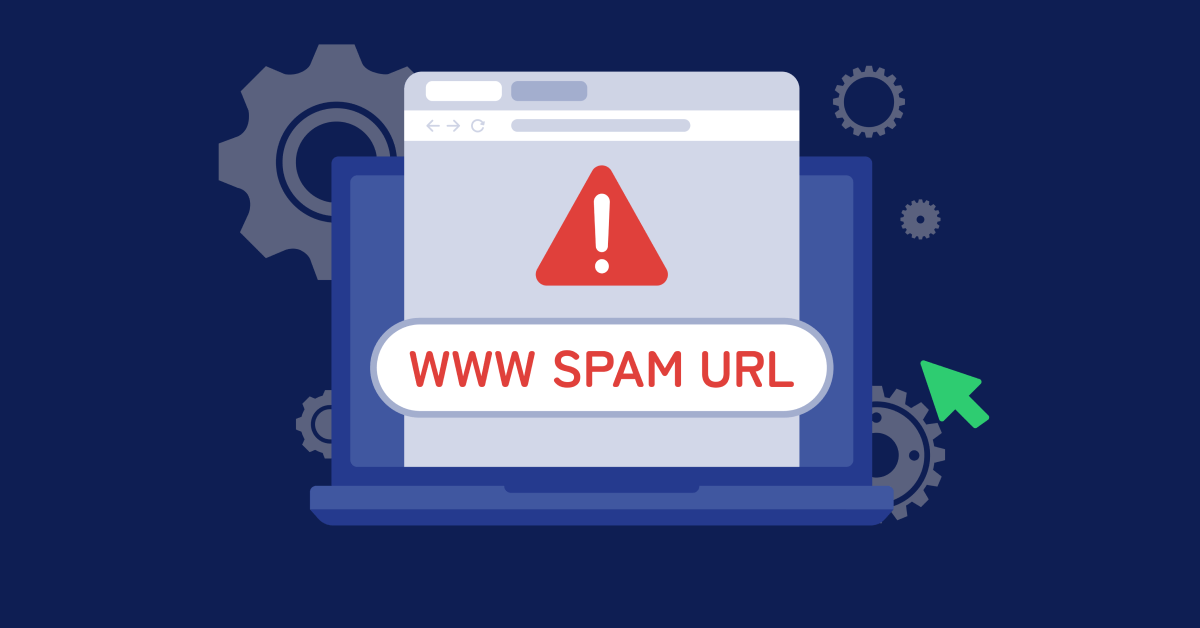The Google Content Network is a great place to expand upon standard paid search campaigns, especially if your campaigns are utilizing low frequency terms or promoting a niche product or service. When search campaigns approach 100% impression share, the average cost per click can increase substantially as more aggressive bidding is required to capture the extra traffic on your relevant terms. However, simply flipping the switch on the content network for your existing campaigns is not typically a good way to get started with Content Network campaigns. Here are a few tips get you started with successful PPC campaign management and expansion on the Google Content Network.
The first thing you should always do when setting up a content campaign is to separate the content campaign from search campaigns. Search campaigns often perform quite differently than content campaigns, so it is not enough to simply turn the Google Content Network on in an existing campaign; it is critical to make sure you create a separate campaign within the AdWords management interface . Keeping a separate campaign allows you to set unique budget caps for your search and content campaigns, ensuring your content buy won’t cannibalize the performance of an existing search campaign.
Separate campaigns allow for easier PPC management and optimization as well. Content campaigns will always have a much higher level of impressions and lower click through rates, and will typically require a different bidding structure (usually lower bids on content). For keyword targeted content campaigns, you also might need to trim back to a core list of tightly grouped buckets of terms for each AdGroup. Content AdGroups should typically contain no more than 10-15 terms, and Google will ignore more than 50, so keep the list short. Google looks at the theme of grouped terms, not individual keywords in an AdGroup, so make sure your groups contain highly related terms. By keeping campaigns separate, you can also avoid taking a quality score hit to the search campaign as the CTR won’t take a sharp dive once the content program is launched. Optimizations are different for search and content as well so keeping things separate makes it easier to improve both campaigns.
In terms of targeting by keyword vs. placement- there is no right or wrong here, and the goals and objectives of the campaign would need to be considered; one approach would be to utilize both forms of targeting. Start with the keywords. Again, use small lists of tightly themed terms with relevant ads and destinations. Set your caps and bids and begin collecting data. After you have some data built up, run a placement report to review performance by each URL where your ads are being displayed. Optimize the keyword campaign not only at the big and conversion level, but at the placement level as well. Pause any sites that spend money on clicks that don’t convert (assuming you are tracking actions and not just driving traffic). Also pause any sites that generate lots of impressions, but few clicks to improve quality score and lower overall cost per click.
In addition to pausing non-performing placements, you can further improve overall PPC performance by placement targeting sites that have shown solid performance in the keyword targeted content campaign. Run the placement campaigns at the same time as the keyword campaigns, continuing to expand reach on the sites that perform well on keyword campaigns through direct placement targeting. Consider adding different creative formats to the top performing placements that emerge, including image or video ads.
Additional placements that might perform well can be discovered through Google’s natural search results. Instead of searching through the categories and available content placements in AdWords, consider the inverse approach- starting with a search on the most valuable terms in your campaign. Considering the scale of the Google Content Network, you might find several placements that rank high in natural results for your most critical terms. A quick look at the sites with page one and two listings on your key terms should reveal whether or not they are part of the Google Content Network- just look for the familiar “Ads By Google” box. Then, placement target the sites that already rank highly for the most relevant terms in your campaign.





